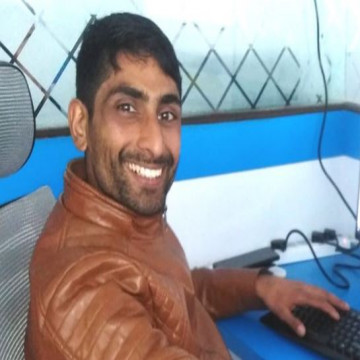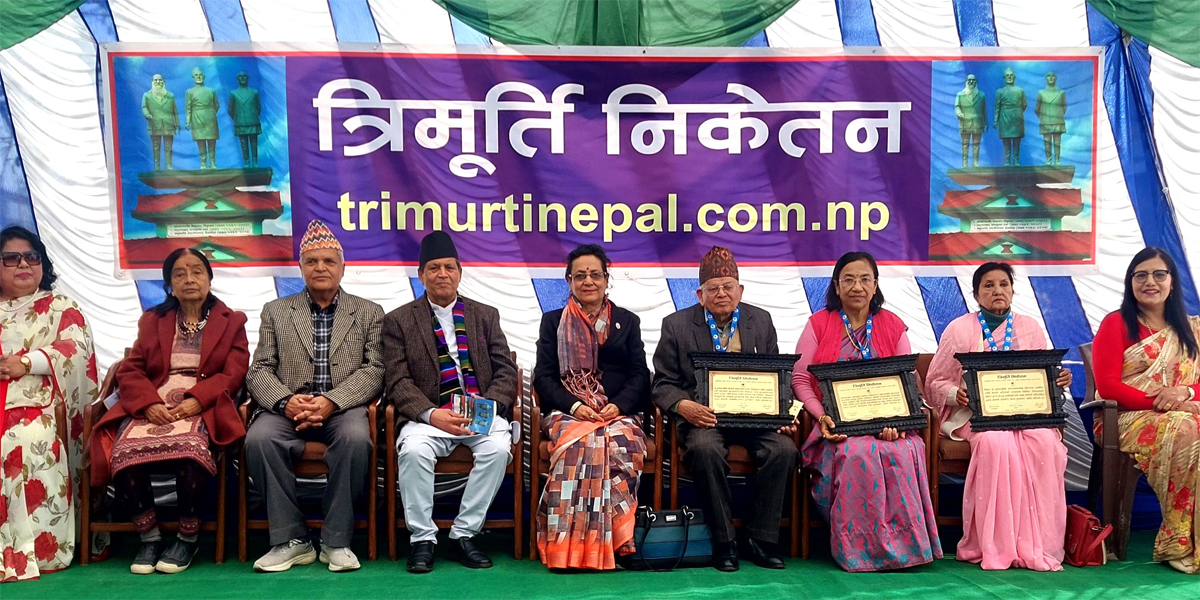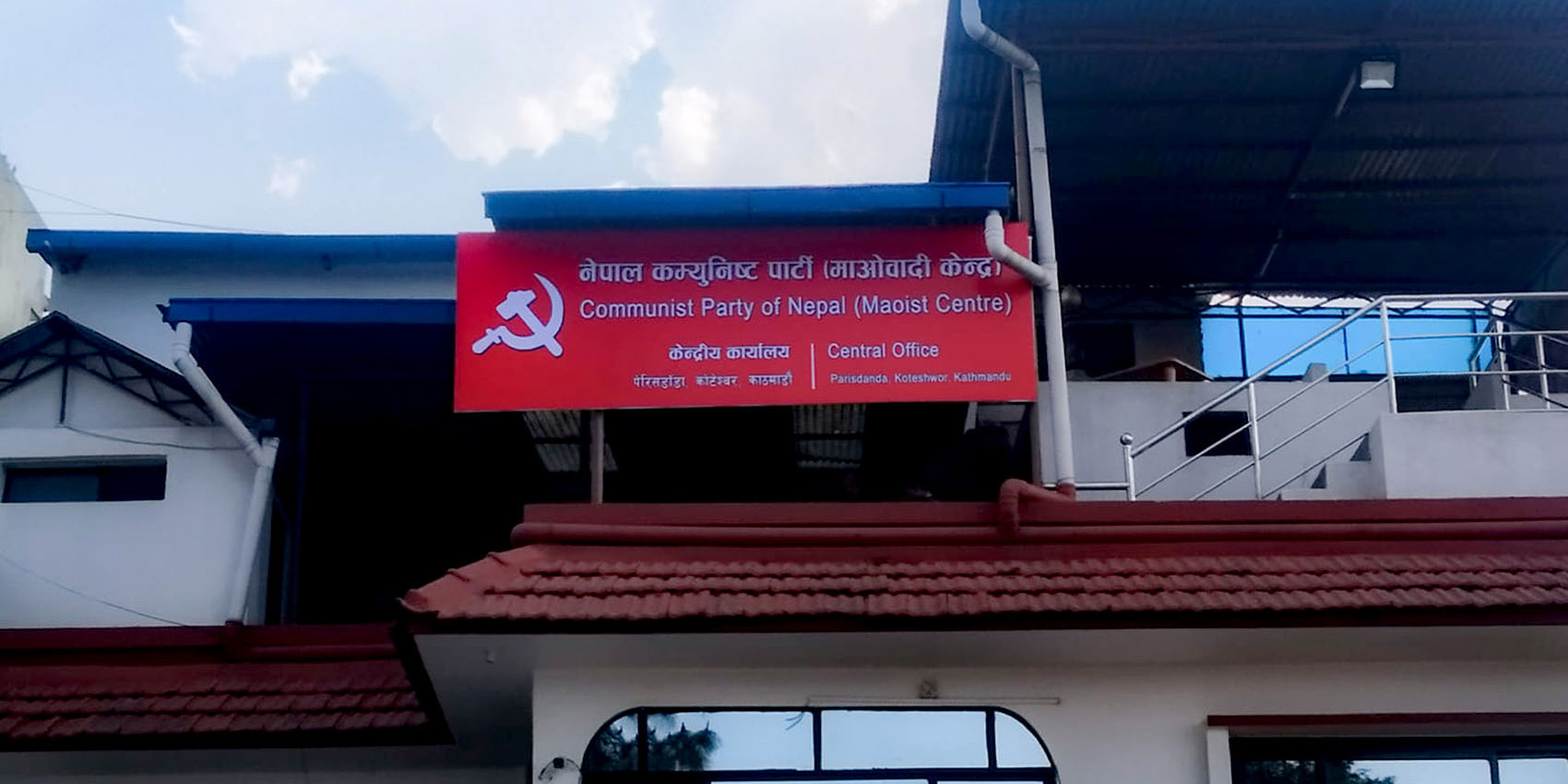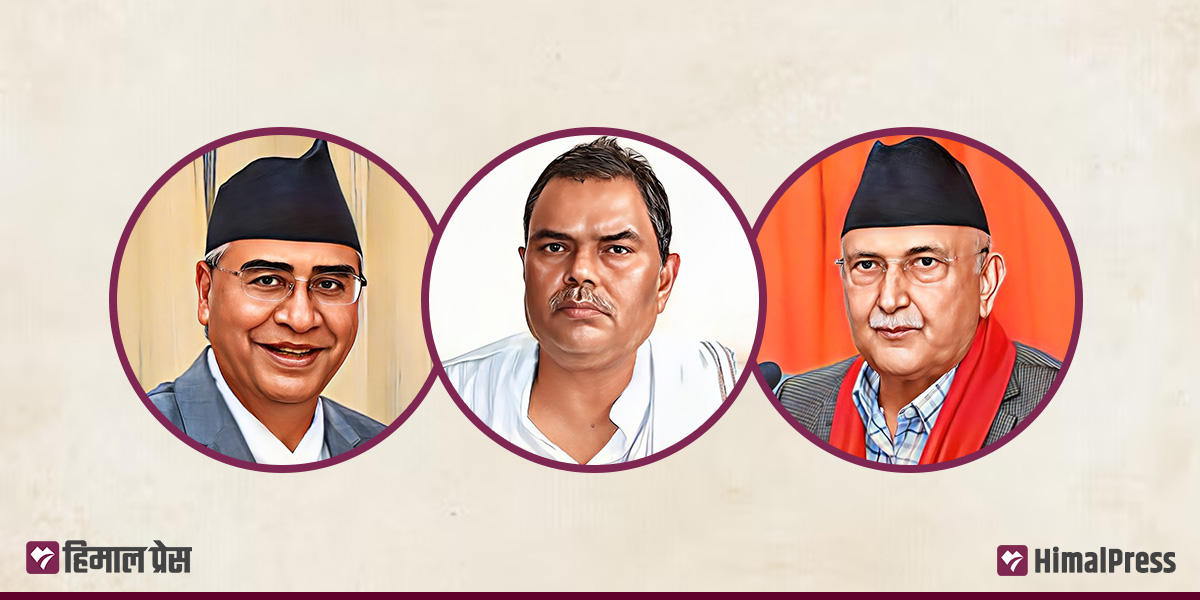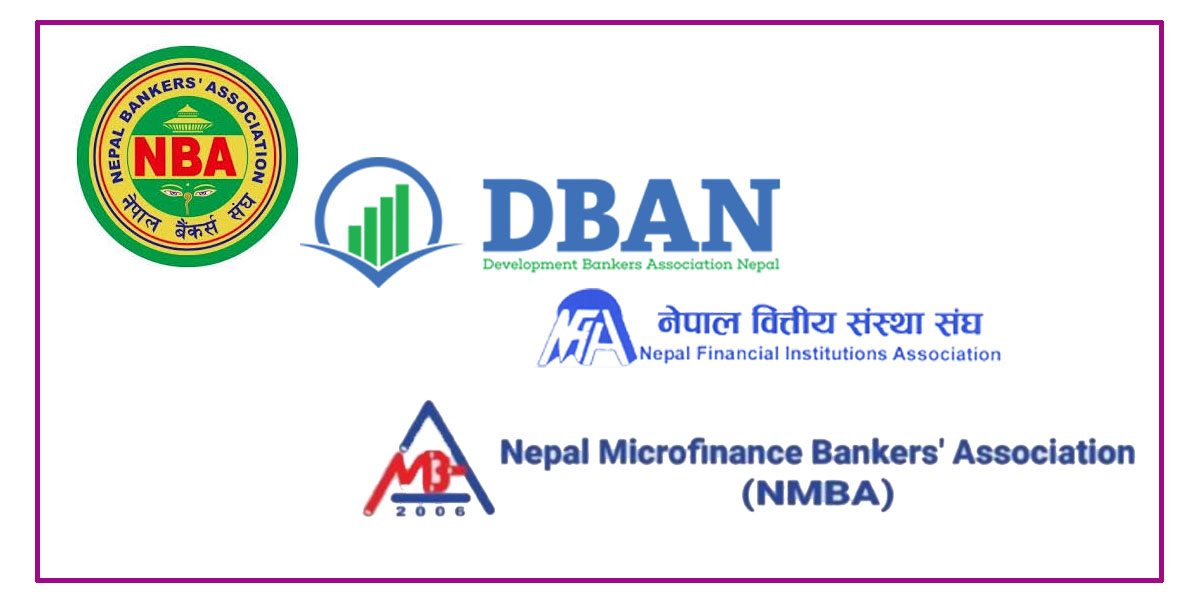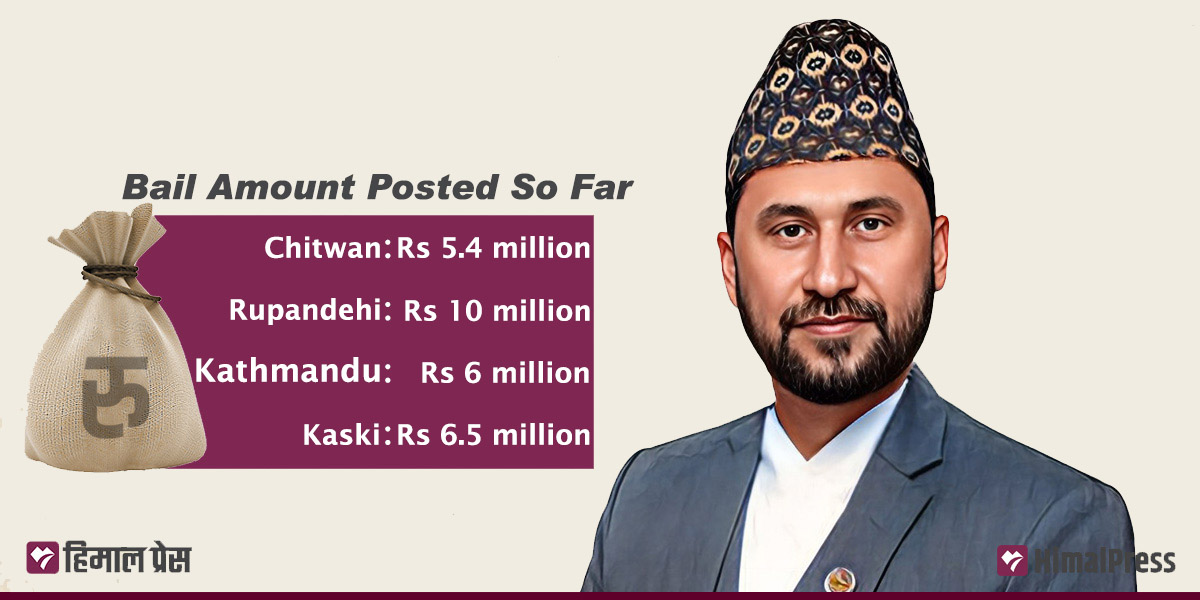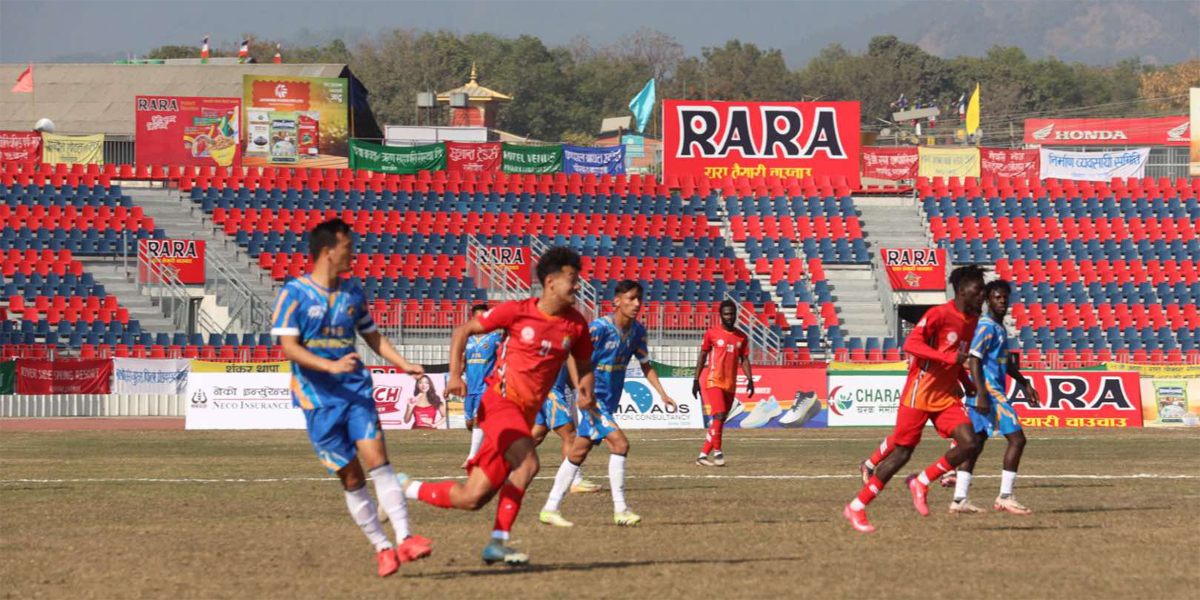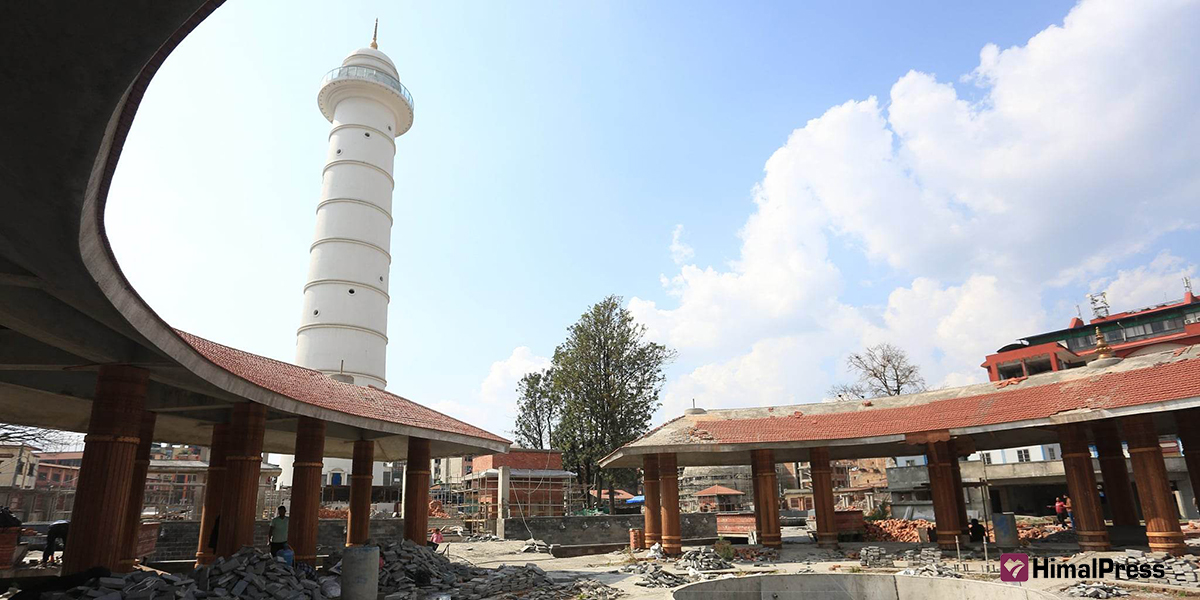
KATHMANDU: “Dharahara has been reconstructed to reflect its rich history while also showcasing modernity. Reaching its top is like climbing to the top of the Eiffel Tower.” Former Prime Minister KP Sharma Oli made the comment after reaching the viewing deck of the newly reconstructed Dharahara tower during its inauguration on April 24, 2021. Even though it has been 23 months since Oli inaugurated the tower, it is still uncertain when the general public will be allowed to climb the tower.
After the historic nine-storied Dharahara monument was completely destroyed in the earthquakes of 2015, the government decided to build a new tower adjacent to it. The foundation stone for this tower was laid by former Prime Minister KP Sharma Oli on January 11, 2019. Oli, who is also the Chairman of the CPN-UML party, often cites the reconstruction of Dharahara as one of the major achievements of his tenure as Prime Minister. He frequently mentions this accomplishment in his speeches at public events. Although the project was expected to complete in two years, the work remains unfinished even after five years. At the time of its inauguration, Oli faced criticism for hastily opening Dharahara, as his government was one the verge of collapse due to rifts in his party, the Nepal Communist Party (NCP).
Following the earthquake, the government established the National Reconstruction Authority (NRA) in December of 2015, with the aim of rebuilding all damaged structures within five years. However, since the NRA was unable to complete the specified structures within the time limit, the deadline was extended by an additional year. When the NRA’s term expired in December 2021, the Ministry of Urban Development took over the task of rebuilding Dharahara.

“The NRA handed over the project to us when 60% of the work was completed. However, it took a significant amount of time for procedural preparations. Additionally, the construction of the tower was delayed due to changes in the work pattern required to meet the demands of local residents,” explained Kashinath Adhikari, the director of the project, in an interview with Himal Press.
Adhikari claimed that the reconstruction of Dharahara has faced delays due to its archaeological significance, rather than any issues with budget or manpower.
“Dharahara has a unique style and characteristics that set it apart from other structures, making it a point of pride for the nation. Additionally, the Sundhara area holds historical and archaeological importance, which has generated a great deal of interest from local residents,” Adhikari explained. He added that the Ministry of Urban Development has achieved 20% progress on the project in the past year, bringing the overall progress to 80%.
Works ongoing in the basement
The project office has reported that all work on the 22 floors above ground level has been completed, while work is still underway in the three basement levels.
Various installation and fitting works such as escalators, electronics, wiring and electrical connections, fire control mechanisms, ceiling fittings, and oxygen fittings are currently in progress. Additionally, the construction of a central utility building (CUB) is also underway.
“The CUB was initially built on the Dharahara premises but was later moved to the basement, which added to the construction time. We are also facing a shortage of timber, which has slowed down progress,” Adhikari stated. Despite these challenges, the project office remains hopeful of meeting the September deadline.
Costs may increase
The reconstruction of Dharahara has been awarded to a joint venture between Nepali company Raman Construction and Chinese company GIETC, with an initial contract amount of Rs 3.49 billion. However, Adhikari stated that there may be a shortfall of funds due to variations in the contract, and additional structures such as a temple, resthouse, and a tank for groundwater recharge need to be built.
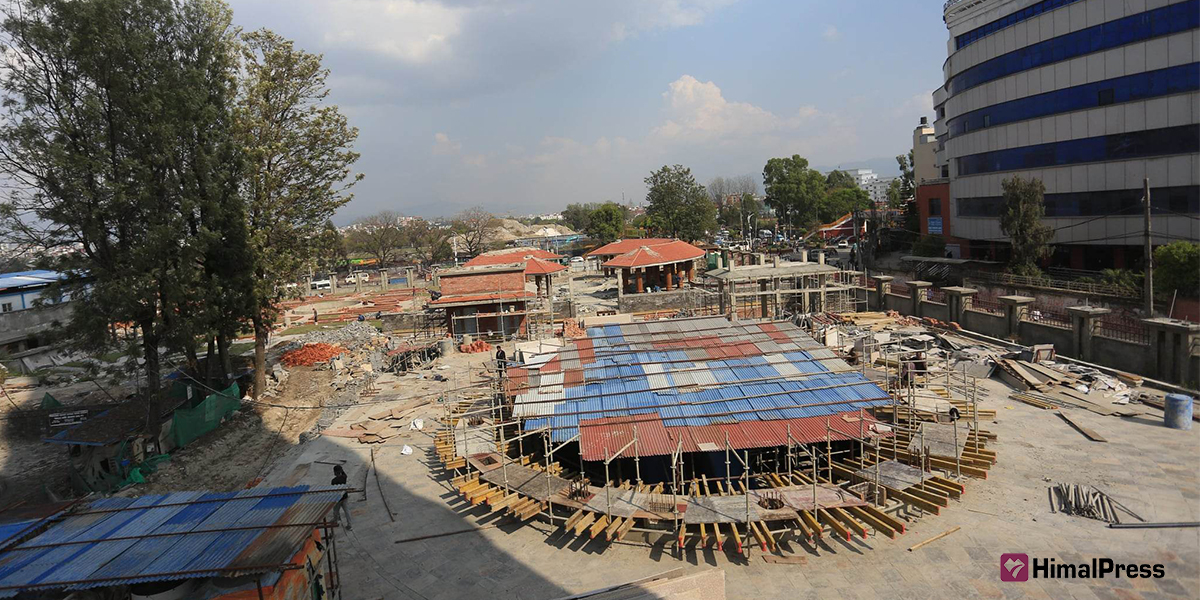
Furthermore, Adhikari noted that changes need to be made to the design of the ticket counter, administrative building, and sanitation system. The project also requires the construction of a tank with a storage capacity of nearly 100 kiloliters for the historic Sundhara tap and a sanitation system.
Although the initial plan was to rebuild Dharahara on a five-ropani land, the project has now been expanded to 42 ropanis. However, there have been accusations of the project using 18 ropanis of land belonging to the Kathmandu Mall, which has caused some obstacles and may further delay the project, according to Adhikari.
Call to respect cultural significance
Civil society leaders have raised concerns about the haphazard implementation of construction works at Dharahara, without properly considering its historical and archaeological significance. They have criticized the project office for dismantling small temples on the premises and for abandoning plans to restore the flow of water in Sundhara from a tank.
Local activist Suman Sayami has highlighted the damage caused to the ancient pipe that used to bring water to Sundhara from Tundikhel, due to the careless use of machinery during construction. He has argued that such development will not address the demands of the local people, who are also concerned about the preservation of the remnants of the old Dharahara. Sayami has also expressed his disapproval of the decision to use the basement of Dharahara as a parking area for vehicles.
Furthermore, activists have criticized KMC Bayor Balen Shah for failing to take appropriate action to rejuvenate Dharahara.
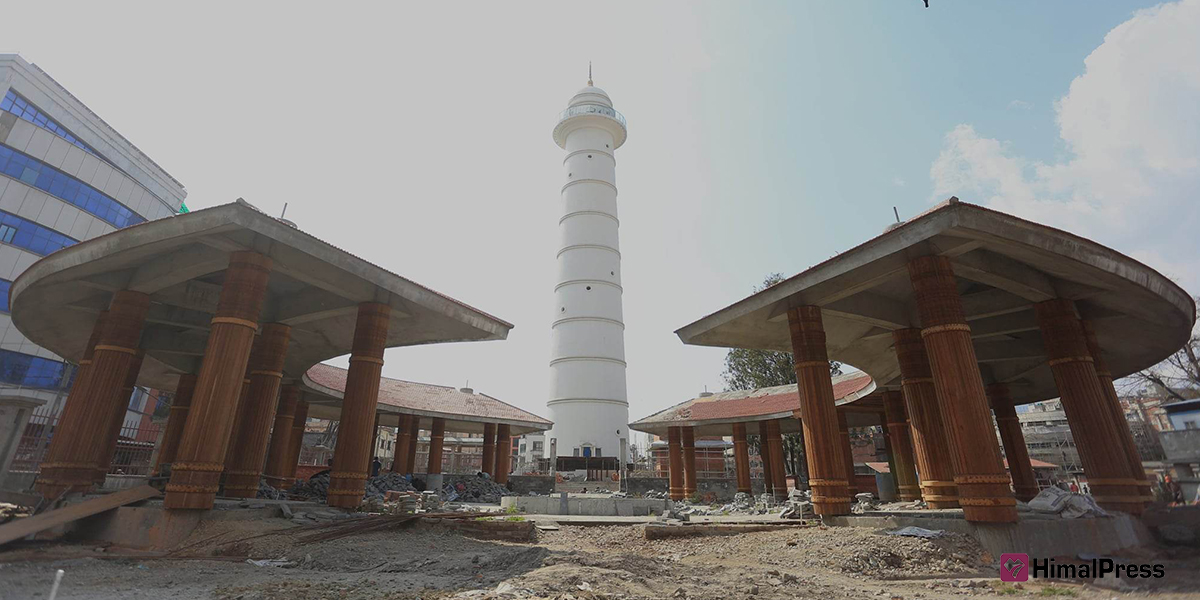
These are the features
The Dharaha tower appears to be 11 stories tall from the outside, but it actually has a total of 25 floors, including three floors in the basement, and its total height including the steeple is 83.85 meters. Inside the tower, there are two elevators with a capacity of 10 people each, and a 2.5-meter viewing deck on the 20th floor. Additionally, the statue of Lord Shiva recovered from the old Dharahara has been installed on the 22nd floor.
The tower will also house a museum dedicated to the earthquake and minting, and according to Adhikari, work on the museum is nearly completed. Furthermore, the premises will feature a three-story basement parking lot that can accommodate 800 four-wheelers and over 2,000 two-wheelers.
“This basement parking will solve the problem of parking in the New Road and Sundhara area,” said Ramesh Poudel, the construction manager of Raman Construction.
Once the project is completed, the Kathmandu Metropolitan City will be responsible for managing the Dharahara premises.
(All photos: Dipesh Shrestha/Himal Press)

